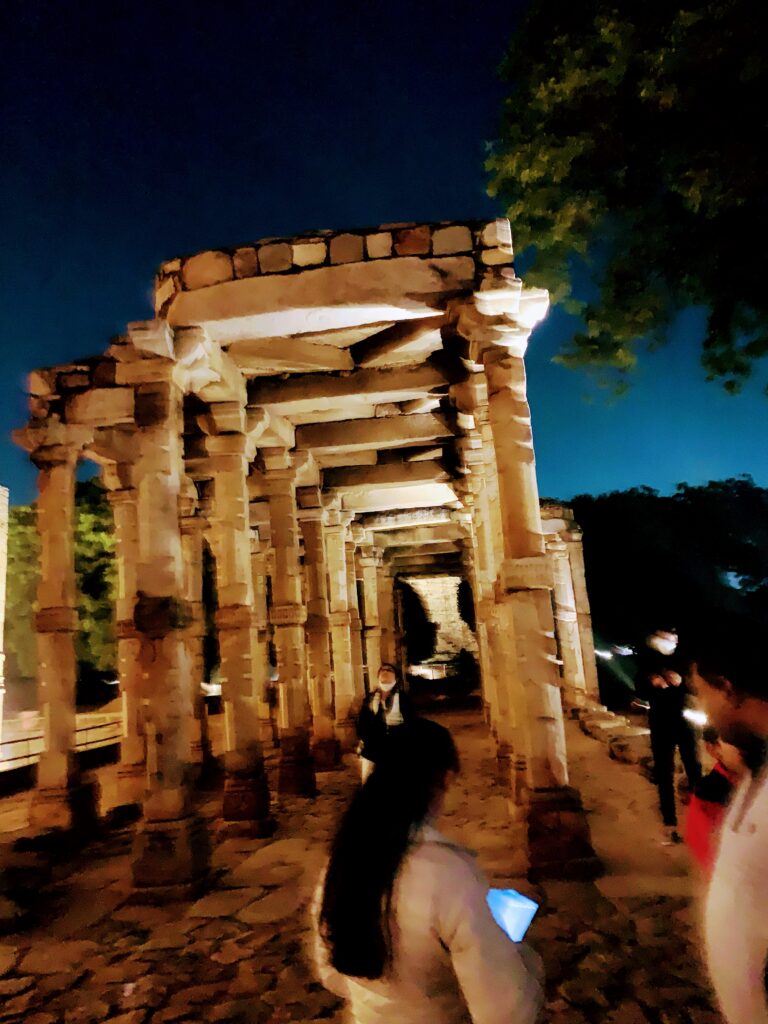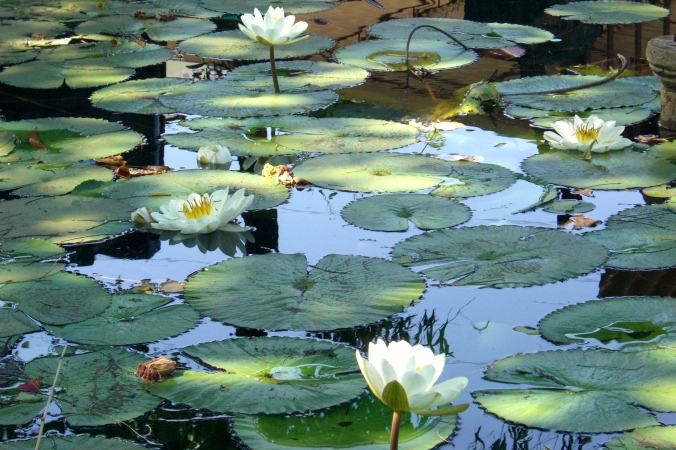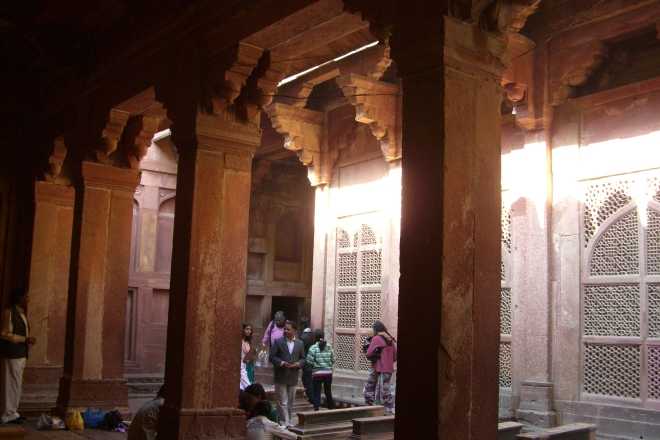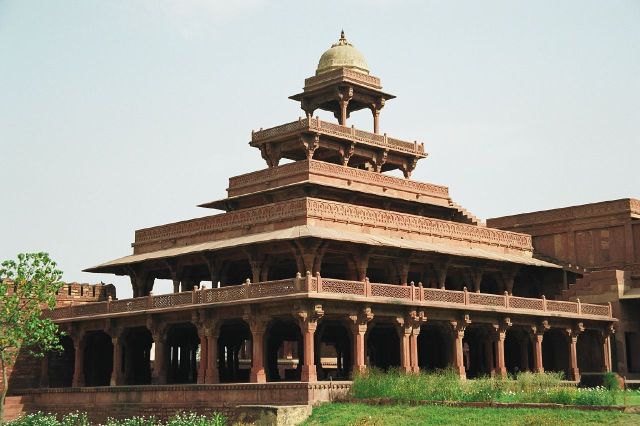Bringing to you another gem of Delhi— Qutub Minar
Qutub Minar is a UNESCO world heritage site which holds the title of being the tallest brick minaret in the world standing tall at 72.5 meters. It is known for its history, glory, architecture, verses from the holy Quran inscribed on the walls. But what is little known about it, is it’s splendour at night. I have been wanting to visit this iconic monument ever since the Archaeological Survey of India decided to promote night tourism here. It was for the love of this travel series, that I and my friend Madhu Lilothia decided to visit Qutub Minar on a full moon night to capture its beauty (in our camera) for our readers.
A visit to this iconic monument on a moonlit night will leave you spellbound.
I suggest you reach the Qutub before sundown since a few areas are restricted during the night tourism. And once the sun sets and the monument is illuminated, soak yourself in the romance that will fill the entire place. The lights will lend a romantic vibe to the opulence of this architectural heritage . It is a photographer’s delight. Just walk around and drown yourself in the magnificence of this place.
How to reach: Qutub Minar is part of the Mehrauli Architectural Park in South Delhi. It is on the yellow line of the Delhi metro from where you can take an auto. Uber and Ola cabs will drop you directly at the monument. There is ample parking if you decide to go by your own vehicle.
Ticket: Rs 40 for Indians and Rs 600 for foreign nationals. It is open on all days from 7 am till 10 pm.




Deepika Pawar is a native of New Delhi, India. She is a Counsellor and Family Therapist in private practice. She is ‘a gypsy at heart’, a wanderer and travel enthusiast, who loves to explore new places.











































